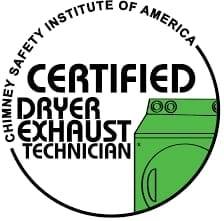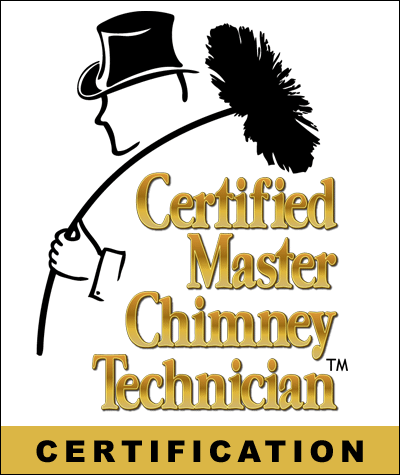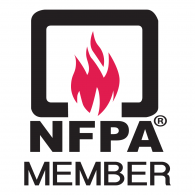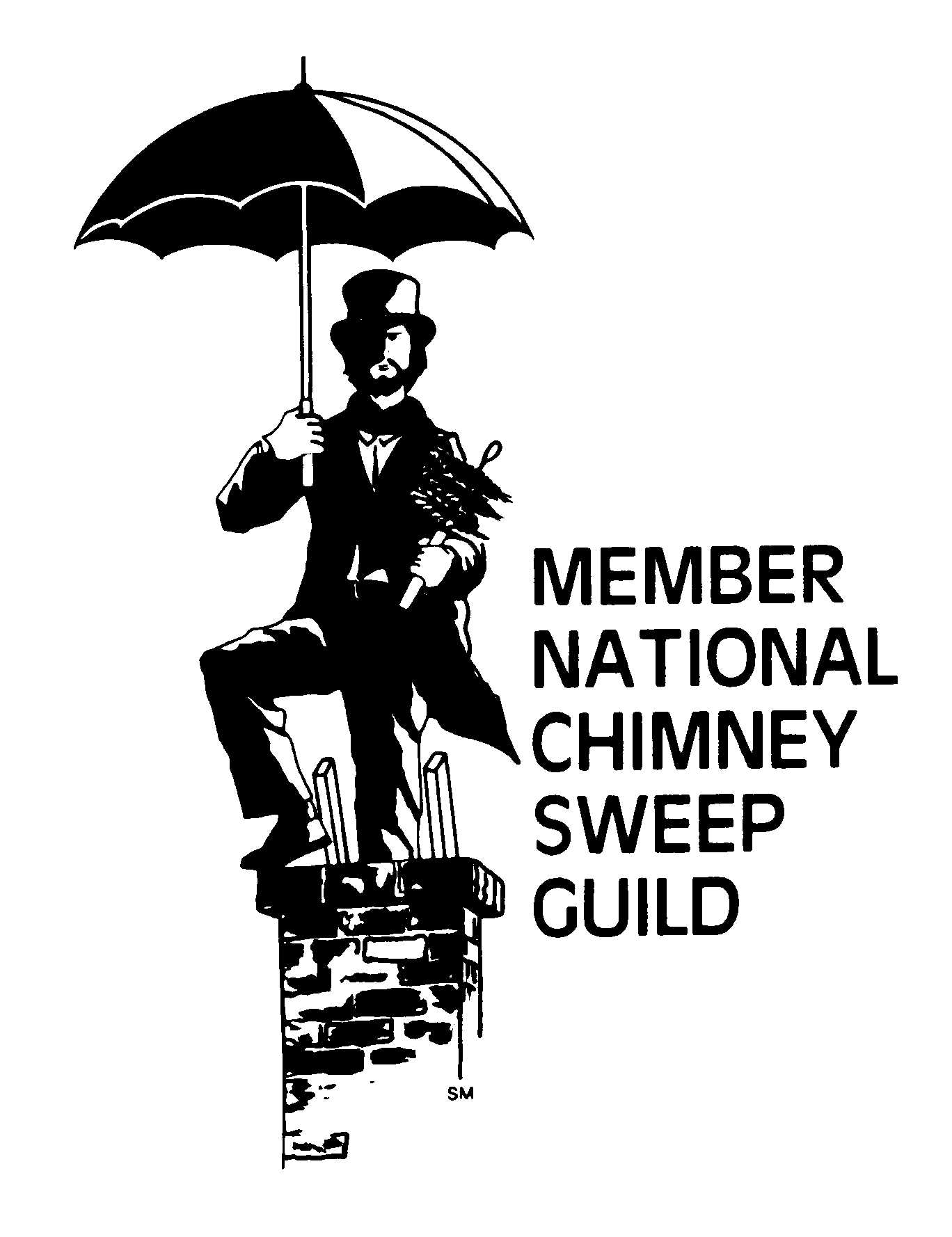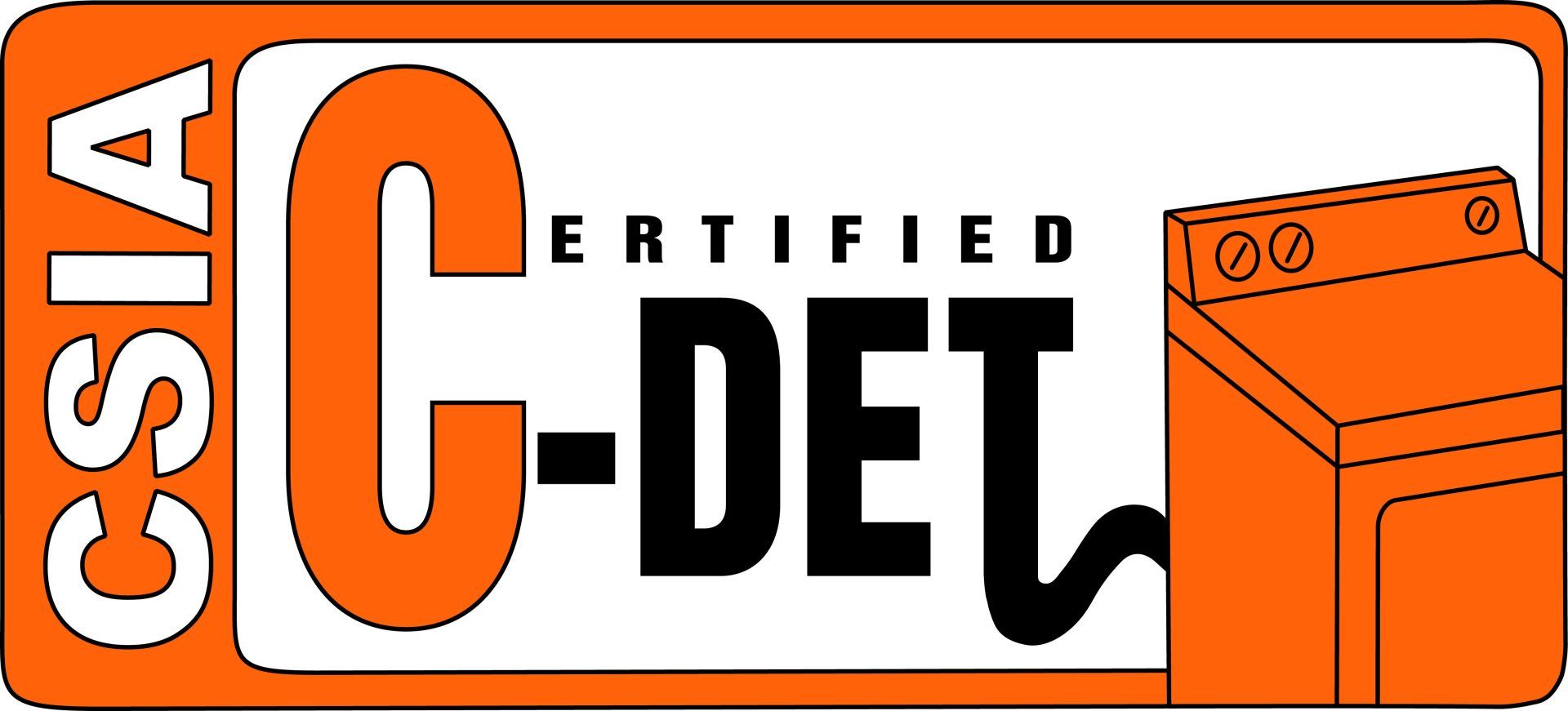Expert Firebox Repair and Chimney Flue & Damper Replacement
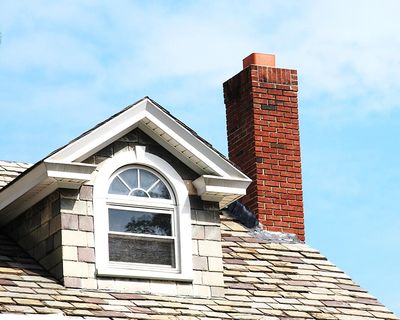
Repairing Your Fireplace’s Firebox
Considering the job of the firebox, damages are incredibly dangerous. Your firebox contains every fire that you light, and protects your home and possessions from the heat and byproducts of each fire. When you have cracks or gaps in your firebox excess heat, sparks and debris can escape and become a serious fire hazard. Beyond that, combustion is creating poisonous carbon monoxide which your chimney system is working to vent up and out of your living space. Cracks can allow these gases to leak, creating a dangerous situation for you and your family.
When you have CSIA-certified Young’s Chimney Service
technicians out for your yearly chimney sweeping and inspection, we’ll carefully examine the firebox for cracks and gaps and let you know if any problems exist. In the meantime, should you see cracks or other decay in your firebox, give us a call! It’s not safe to continue lighting fires in a damaged firebox and we can recommend the best way to get your system back in safe working order.
Firebox Repair Options:
Repairing Your Current Masonry Firebox with Tuck-pointing Work
If there is minimal damage to the joints in your firebox, we may be able to repair them using tuck-pointing, removing the damaged joints and repairing them with refractory mortar.
Rebuilding A Masonry Firebox
Major cracks and other issues may make rebuilding the firebox your safest option. If so, we can build a beautiful and safe new firebox and give you the opportunity to reinvent your fireplace’s look and style. We have a lot of material and pattern options, so we can really customize your firebox and fireplace to make the visual statement you want them to.
Replacing Refractory Panels in a Factory-Built Firebox
In your prefabricated fireplace, it’s not uncommon to have to replace refractory panels. If this seems like your best bet, we can replace your refractory panels properly and safely.
Install a Fireplace Insert
Instead of rebuilding a firebox, you may opt to install an insert where your current fireplace is. These can be a quick and affordable way to renew your fireplace’s look and function.
Is your firebox in need of work call Young’s Chimney Service in Orlando, FL at 407-322-1181 and make an appointment with our CSIA-certified technicians!
Clearing Chimney Flue Blockage
When Young’s Chimney Service technicians inspect a chimney, one of the things we are trying to ensure is a clean and clear flue. If your flue has obstructions hindering air flow and draft, your chimney system cannot function properly and is most likely a serious fire hazard to your home and family. Imagine sitting in a car with a plugged up exhaust pipe…that certainly doesn’t sound safe, and a plugged up chimney is no different.
Types of Flue Obstructions
- If your chimney doesn’t have a properly-sized and -installed chimney cap, animals might be making their way into your system, bringing along food, moisture, nesting materials and other debris that can clog up your flue.
- In addition to the obstructions caused by animals, deteriorated and cracking clay flue liner tiles can also block the flue.
- And then there’s creosote, a highly-flammable deposit that builds up in the flue as you use your fireplace. Creosote forms as the result of condensation, which occurs as hot flue gases flow up and meet with a cooler chimney. If your chimney isn’t regularly swept, creosote can quickly cause an obstruction within the flue. Creosote is also highly flammable, and as it accumulates in your flue, your chance of having a chimney fire increases exponentially.
How to Tell if Your Chimney Flue is Blocked?
Signs of a flue obstruction will vary, but your senses will often alert you to a problem.
- Smells and sounds inside your flue can indicate the presence of animals and debris
- Smoke can indicate a flue that isn’t venting properly
- You might even see something blocking the flue
If you think there might be an obstruction in your flue, call Young’s Chimney Service — we can make sure that you’re able to safely enjoy your heating appliances for years to come.
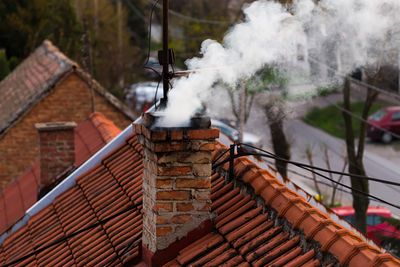
Chimney Damper Repair & Installation
When a Young’s Chimney Service technician performs your annual chimney sweeping and inspection, all damper problems (like rust, corrosion or displacement) will be noted for discussion. After the inspection, the technician will talk with you about whether repair or replacement is the safest, most efficient option for your particular system.
Why Do You Need a Chimney Damper?
There are several reasons why a damper is an important part of your system’s functionality.
- First off, the damper provides another layer of protection against water intrusion. It’s one of many parts of the chimney designed to keep water out (along with a properly-sized and -installed chimney cap, a functional chimney crown or chase pan, well-sealed chimney flashing and more).
- A damper also helps keep the air you’re paying to cool or heat from exiting through your chimney. A damper that is stuck open or is not closing properly is contributing to wasted energy and wasted money.
Different Kinds of Chimney Dampers
Throat Dampers
Many older units will have what’s called a throat damper, which is located in the flue just above the firebox, and is controlled with a knob or handle. These dampers are constructed out of metal, so while they close off the flue, they don’t completely seal it. In a well-maintained chimney system, throat dampers can last a long while, but it’s not uncommon for these dampers to come off of their tracks, or for parts to rust and corrode as a result of water penetration. Given their location in the chimney system, replacing a throat damper can be complicated, labor-intensive work. In most cases when a throat damper is significantly damaged, homeowners choose to replace their old throat damper with a more efficient top-sealing damper.
Top-sealing Dampers
Newer fireplaces are usually built with a top-sealing damper, which is installed at the top of the chimney and controlled with a handle (attached to a cable that runs up to the damper). These dampers are easier to install and far more energy efficient, with a gasket that completely seals off the flue when the damper is closed. Homeowners routinely see significant energy savings when a throat damper is replaced with a top-sealing damper (plus, top-sealing dampers offer much better water protection).
